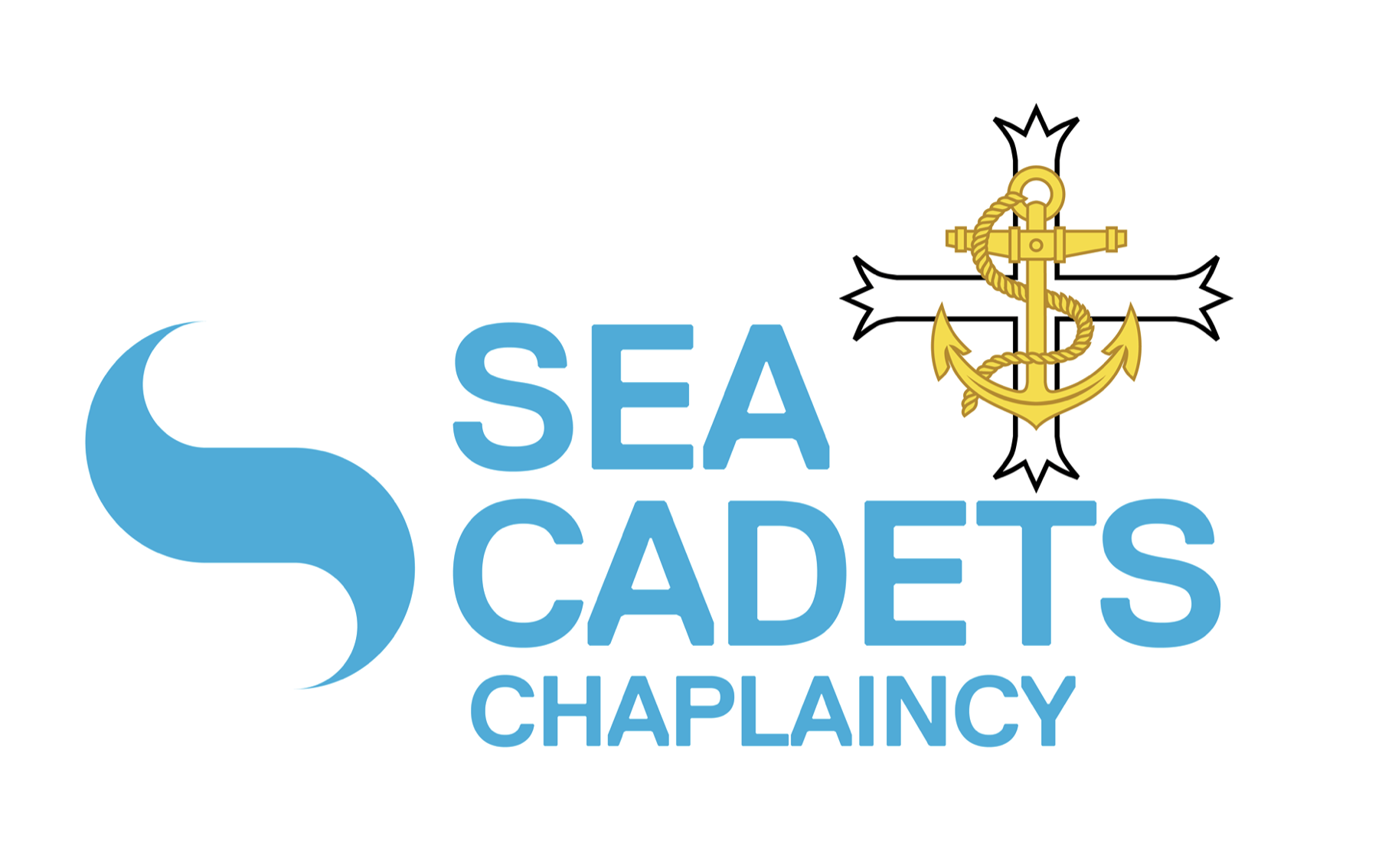1.3. A Theology of Chaplaincy
Fairly soon, in exploring what chaplains do, you will have to approach the Theology of Chaplaincy.
In, Being a Chaplain, Miranda Threlfall Holmes outlines a variety of theological models which cover the full spectrum of chaplaincies. These include:
1.3.1. The Missionary Model
This perspective outlines what lies at the heart of many chaplains’ activity and yet at the same time is the one greatest feared by those outside the chaplaincy or faith. Many chaplains enjoy what they do as they have the chance to share something of the Gospel unencumbered by maintaining crumbling buildings or a narrow introspection alive and well in many churches.
Mission work in its fullest sense, as explored in some detail by David Bosch’s seminal work, Transforming Mission, is about sharing the good news of the Gospel, by word and deed, in an incarnate contextual way.
There is an important distinction here, which may be helpful for chaplains as well as allaying the fears of many outsiders, between Mission and Evangelism on one hand and ‘Proselytising’ on the other. The former is about having clarity on the Gospel imperative to ‘witness’ and being ready to have an answer should someone ask about our motivations. 1 Peter 3:15 says : “ Always be prepared to give an answer to everyone who asks you to give the reason for the hope that you have. But do this with gentleness and respect.” Proselytising by contrast is to share Christ without either gentleness or respect, to force something onto someone they are not ready or willing to accept.
Mission is thus primarily al listening activity for the chaplain - being attentive to the activity and voice of God within someones life and lovingly and daringly encouraging this.
1.3.2. The Pastor Model
The primary model here is one of care. The Sea Cadet staff and cadets have a number of deep pastoral needs. For many cadets, Sea Cadets is one of the few stable and secure places in their life and so it may be the place where they feel safe enough to share some of their deeper concerns. For many adults this is also the case, compounded by the simple fact that the Sea Cadets places a large time commitment (for good and ill) on its staff and volunteers.
1.3.3. The Sacramental Model
This model is about the Chaplain ‘embodying’ something of God in the places she or he is called to serve. This closely links with the observations about incarnation earlier. The first time I wore my uniform to my first Unit one of the comments from a cadet was that I was ‘one of us now’. The fact that chaplains also wear a clerical collar or lay badge and/or Chaplaincy Badge on their robes also ‘sets them apart’ as a Man or Woman of God - and so in all they do they ‘convey’ something of what God is like. This is closely linked for some chaplains to a more ontological understanding of chaplaincy and is generally focused more on a ‘being present’ rather than ‘doing stuff’ ministry.
1.3.4. The Historical-Parish Model
This model can be seen in two aspects. Firstly and with an Anglican focus some chaplains treat their unit as ‘my parish’. This is more closely linked to our Naval Heritage where Ships would sail as a community together including a Chaplain. Secondly, there is the observation that all Units being land based, find themsleves geographically located within church areas be that the traditional Church of England / Episcopal parish or the Non-Anglican gathered church catchment area. In practise many units chaplains are leaders within local churches and congregations as well - the unit is part of the parish and so is part of the ‘cure of souls’ (or equivalent) that and Vicar has.
1.3.5. The Prophetic model
This incorporates a whole cluster of models from the jester or joker to the social activist. An aspect of Chaplaincy is being critical - a phrase often used of chaplains is that we are a ‘critical friend to all.’ The chaplain, being part of the organisation but relatively free from the usual chain of command, is hopefully able to ask the interesting questions of individuals and the organisation as a whole.
1.3.6. Secular models
There are a number of secular models of chaplaincy which exist particularly with regard to organisations such as the NHS or Business chaplaincies. These include models of pastoral care, spiritual care, diversity, tradition/heritage and specialist service provision. These are not immediately relevant to Sea Cadet Chaplaincy in that Christian Chaplaincy has been a long accepted and understood part of the Royal Navy and Sea Cadets. They are relevant though in terms of our ongoing ministry to a changing and multi-faith context. The chaplain is a chaplain to ‘all faiths and none’ in the same way that a Clergy minister has a heart for all the people in their parish including the non church goers. This means practically having systems in place that allow chaplains for a wide variety of denominations and faiths as well as working with the reality that Chaplaincy is particularly well understood by the Christian Faith which has incarnation at the heart of its life. Some faiths have little understanding of chaplaincy because their core theologies do not involve pastoral care that many of us from a Judaeo-Christian heritage take for granted.
1.3.7. One model, or more?
In reality most Sea Cadet Chaplains adopt a theological complex that borrows from all of the six outlined above. Different chaplains may have different strengths (and part of nurturing people must be identifying and using these strengths well) but all will need to use all of the above at different times and in different contexts.
